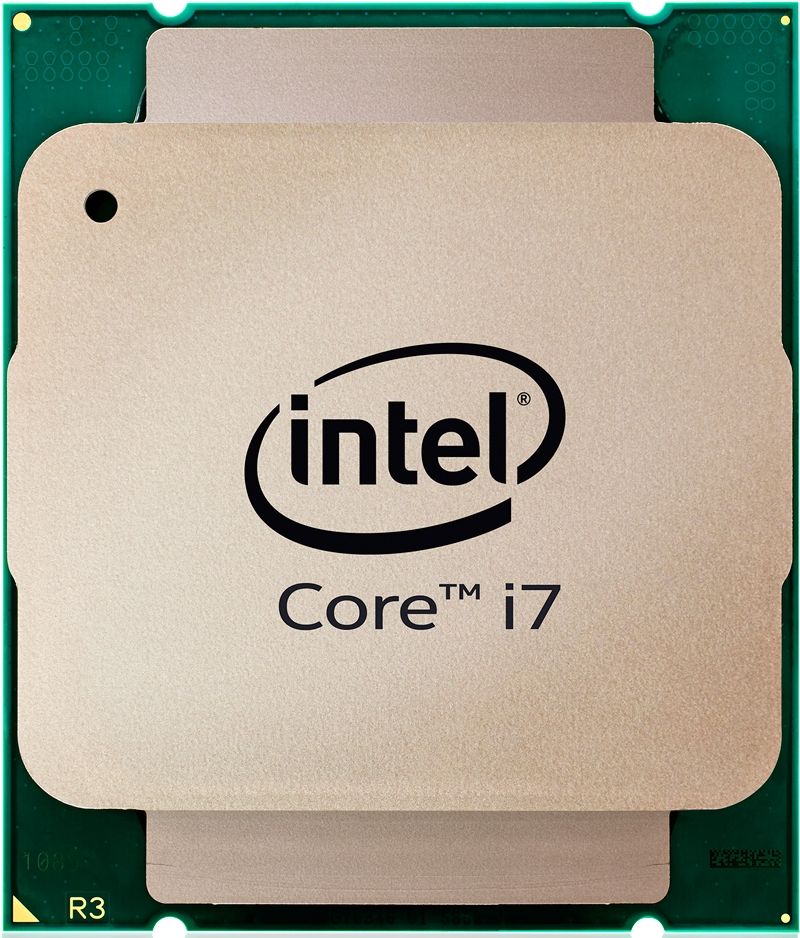
Researchers have devised a technique that bypasses a key security protection built into just about every operating system. If left unfixed, this could make malware attacks much more potent.
ASLR, short for "address space layout randomization," is a defense against a class of widely used attacks that surreptitiously install malware by exploiting vulnerabilities in an operating system or application. By randomizing the locations in computer memory where software loads specific chunks of code, ASLR often limits the damage of such exploits to a simple computer crash, rather than a catastrophic system compromise. Now, academic researchers have identified a flaw in Intel chips that allows them to effectively bypass this protection. The result are exploits that are much more effective than they would otherwise be.
Nael Abu-Ghazaleh, a computer scientist at the University of California and one the researchers who developed the bypass, told Ars: